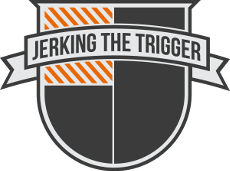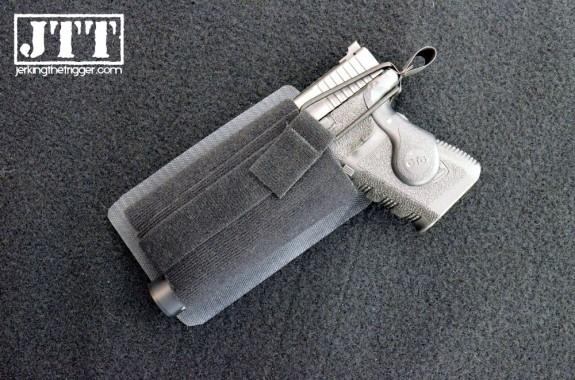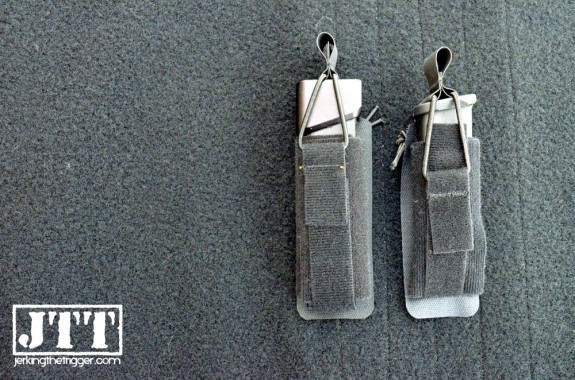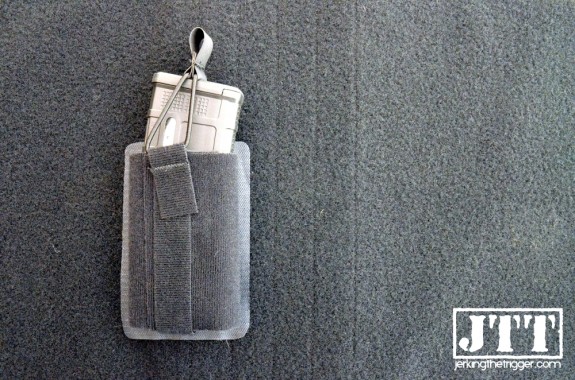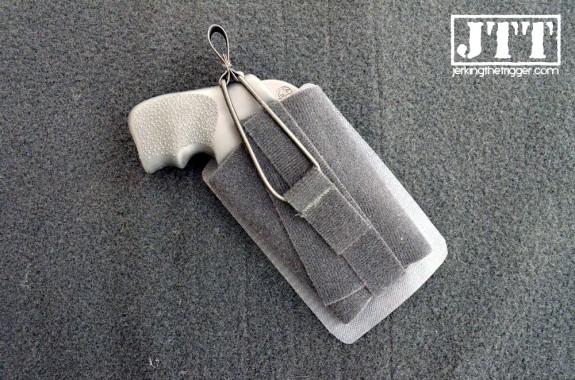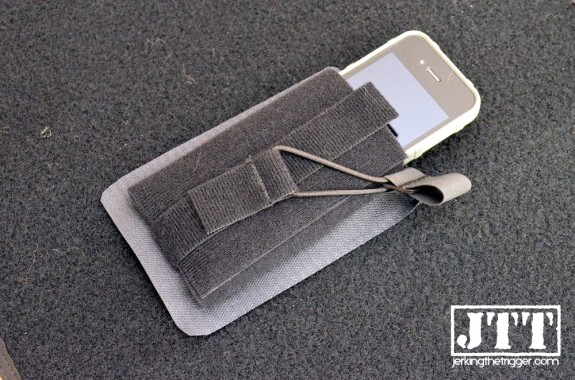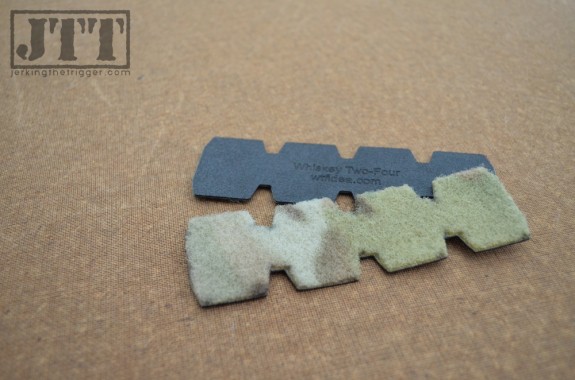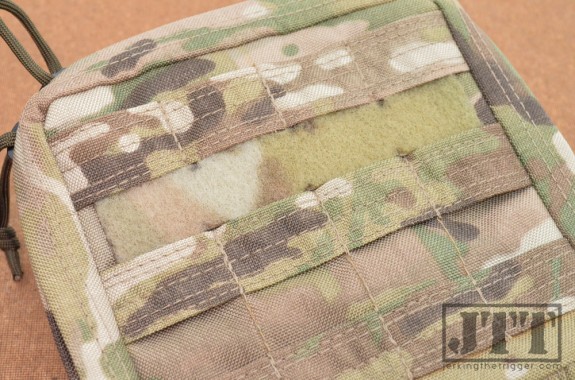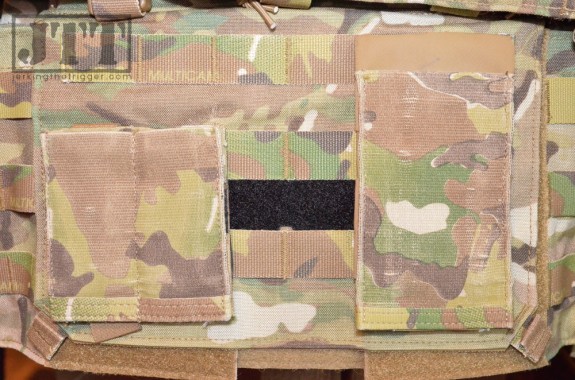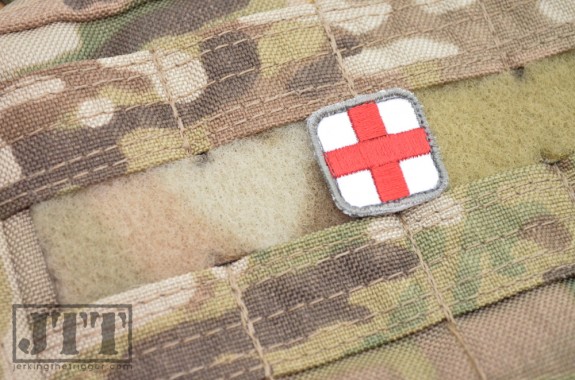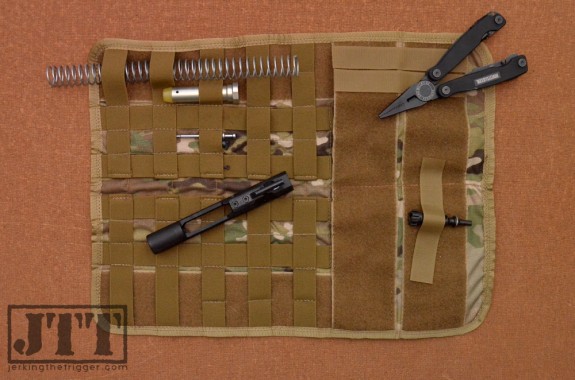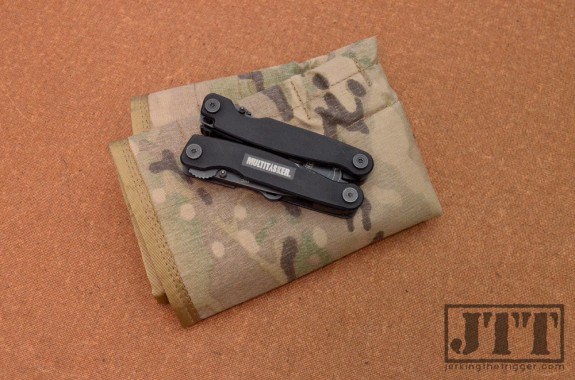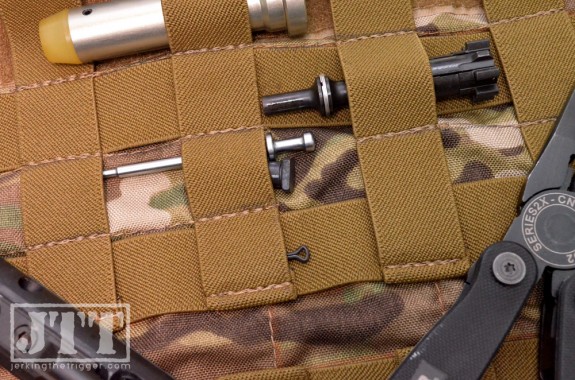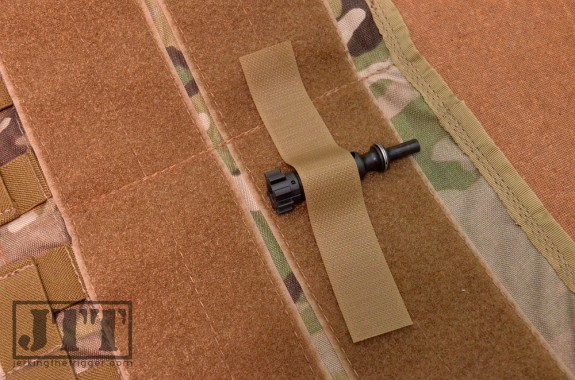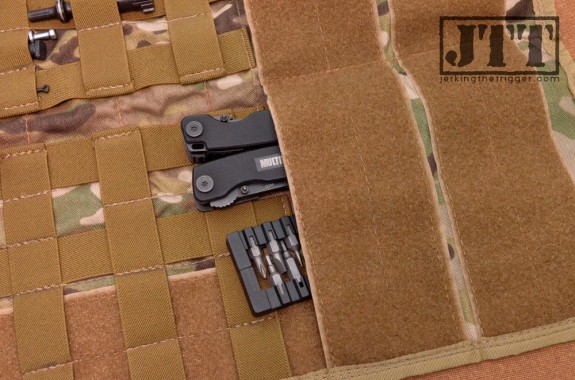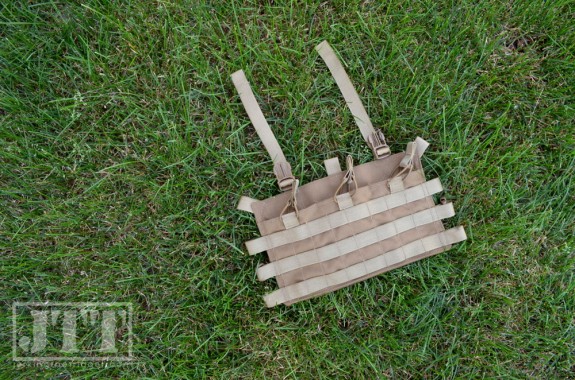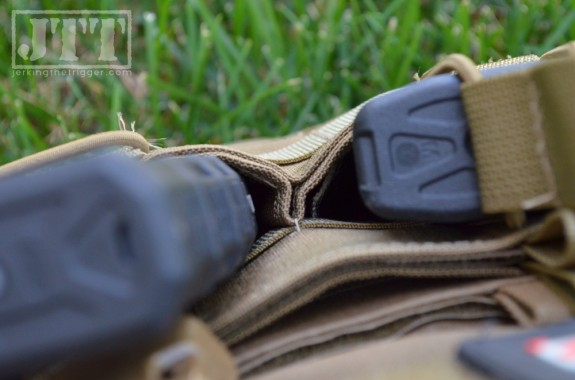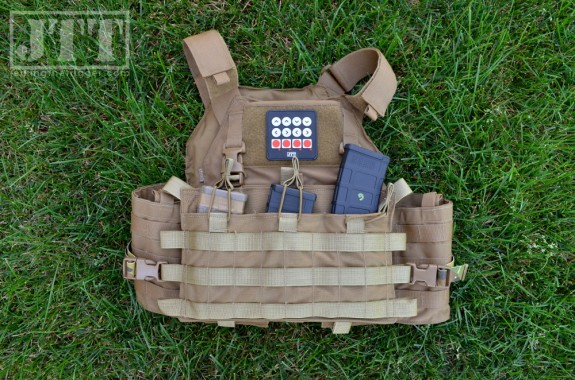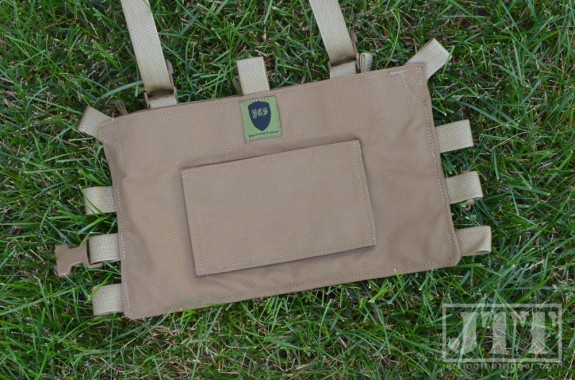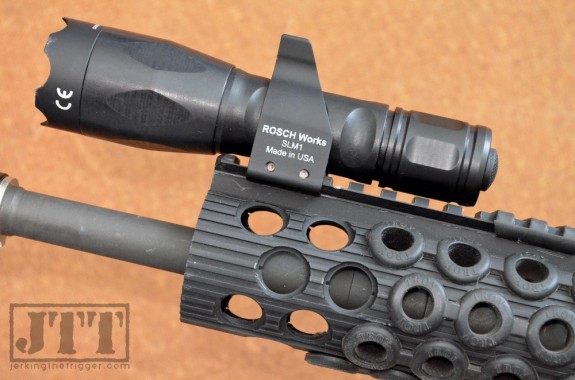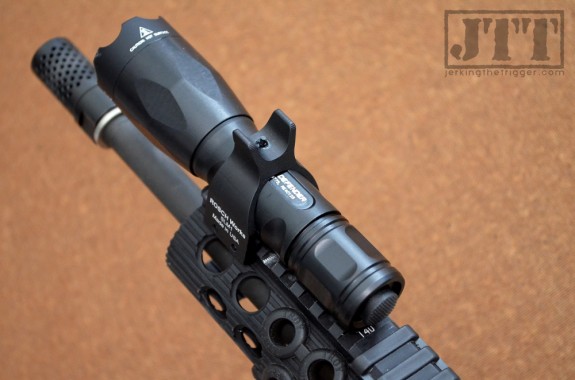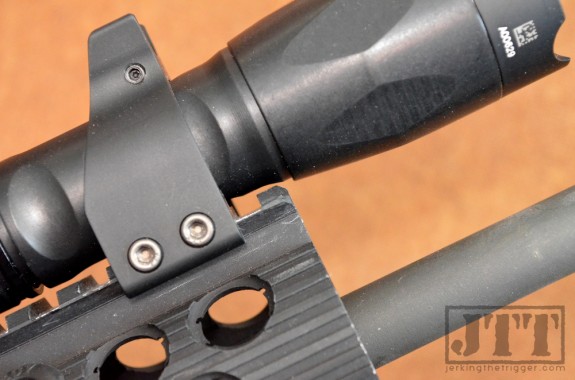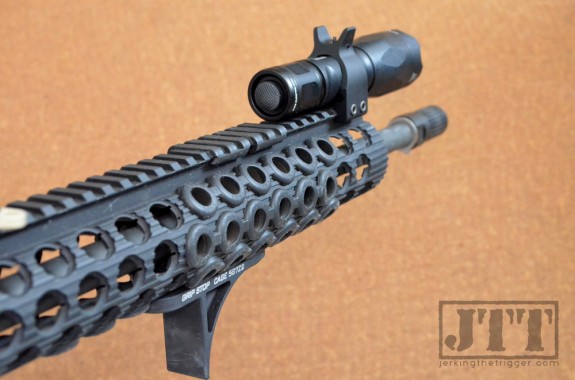I have used a number of Velcro backed holsters and magazine pouches over the years. I have even made my own. The most versatile that I have found to date are the Wrap Holster and Wrap Multi Pouches from MILSPEC Monkey (MSM).
Overview
MSM’s Wrap accessories are pretty simple and both the Holster and Multi Pouches share a common feature set. They are made almost entirely of Velcro One Wrap which is magical stuff that sticks to itself like… well, like Velcro. This is the secret to the Wrap accessories’ versatility. You can basically origami your way into any shape you need to carry whatever you want by simply moving the parts around to fit the payload.
Each Wrap accessory also comes with a bungee retainer that is easy to add, remove, or adjust for length.
Observations from Use
The use of One Wrap for these accessories works out so well. One Wrap makes these pouches incredibly adjustable and extremely versatile because of all the different ways you can configure them. All of that is great but what really surprised me (in a good way) is that One Wrap is somewhat rigid – more rigid than what many universal holsters are made from. That rigidity makes it extremely easy to draw and reholster because the Wrap accessories hold their shape. It really is a very good material for this application.
The Wrap Holster is excellent for use with handgun mounted lights. Few universal type Velcro backed holsters work well with lights. Many will allow them to fit but unless they holster is long enough and rigid enough, the light or front sight will snag on the bottom of the holster during the draw. Again, the slight rigidity of the One Wrap material is a boon here as it prevents the light from being accidentally activated in your bag.
The Multi Wrap Pouches work for handgun magazines of just about any length. They are ideal for longer magazines from full-size handguns. If you have a shorter magazine (Glock 19 and shorter), you will have be careful to draw the bottom of the pouch very tight to limit how deep the magazines sit. MSM may want to consider a shorter version in the future but I was able to make them work.
I was able to configure the Wrap Holster to work for everything from a Glock 21 with light to S&W J-frame in terms of handguns. You can set the retention as tight or loose as you want. You can easily set the Wrap accessories tight enough that you don’t need the bungee retainer for most items though it will be more difficult to insert the item. The Wrap Holster also works very well for AR-15 magazines, cell phones, Altoid tin style survival kits and other small containers, smaller battery backups for your electronics, GPS units, communication handsets, and more.
The Wrap Multi Pouches are dynamite for handgun mags, multi-tools, flashlights, Snickers Bars (You’re not yourself when you’re hungry!), and more.
Wrap Up
The Wrap Holster and Wrap Multi Pouch are as versatile as any piece of gear I have tried. One Wrap is a great material for this application in obvious ways and in ways that I didn’t envision until I tried them. MSM hit these out of the park.
Check out the Wrap accessories at MILSPEC Monkey.
